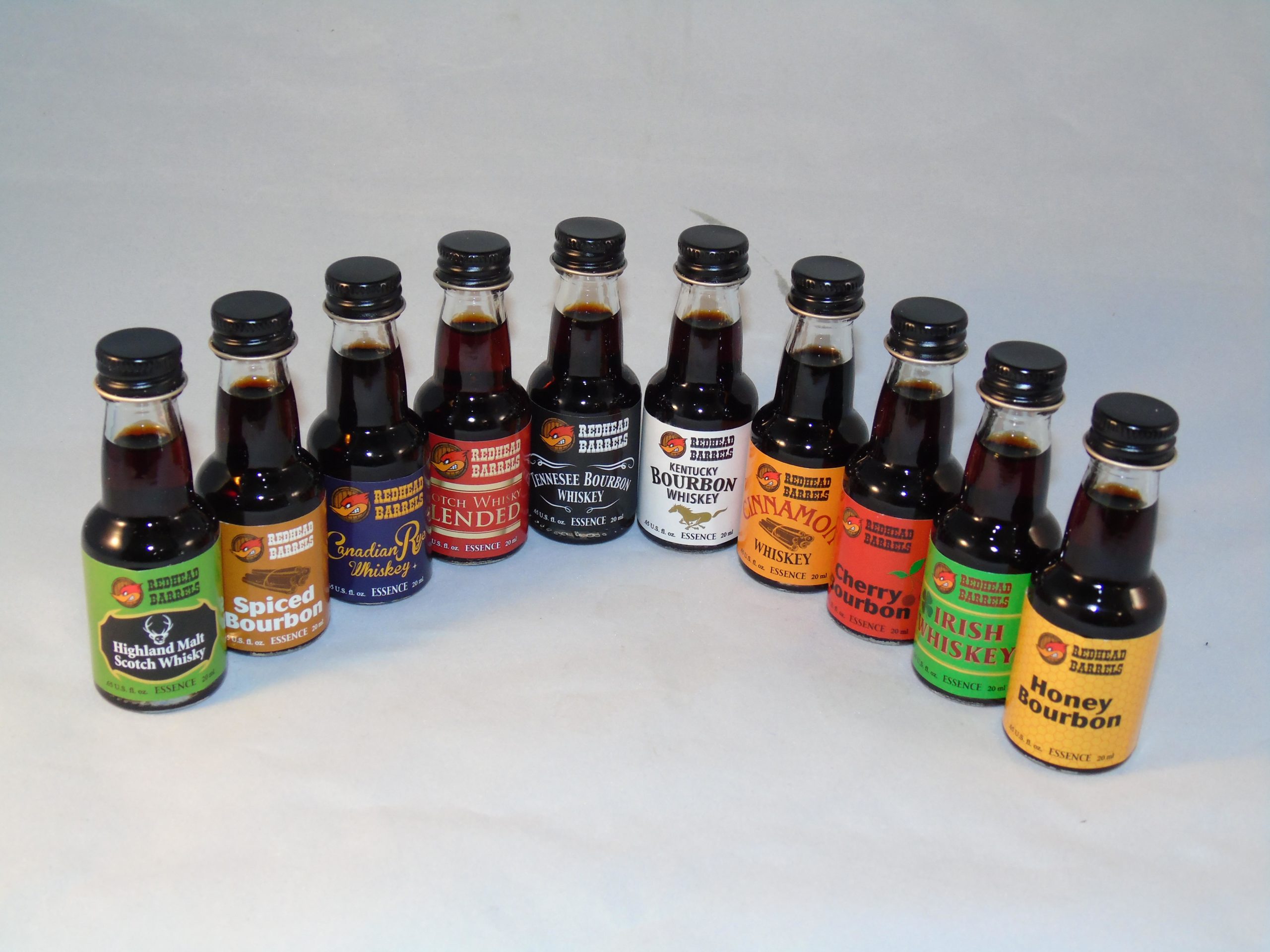
Home Brewing: Master the Art With Spirit Flavours
Homebrewing is an ancient art, but passing it from generation to generation has made it slip into modern times. With the rise of craft breweries and distilleries, there are more opportunities than ever to experiment with creating your own spirit. Throughout history, distilled spirits have been used in medicine, and some cultures implement it even still, but now home brewing is one of the most cherished art forms that can grow from a casual pastime to a blooming business overnight.
If you’re a lover of fine alcoholic beverages, and looking for new flavours maybe home brewing is just what you need. The process of taking a spirit base and turning it into something spectacular, with your own two hands, gives you a sense of magnificence that can never be achieved by purchasing a bottle from the shop.
Now you may be wondering “How can I make such a potion at home?” and the answer is a pretty simple one – spirit flavours! Spirit flavours are essences that you infuse into your favourite neutral spirit base during or after the brewing stage, depending on the type, to enhance the taste and make a personalised drink that suits your palate.

Spirit essences, at their core, are basic kitchen ingredients you probably already have at home, but with the recent surge in home brewing companies have put out pre-made mixes and kits made according to your select spirit of choice.
Picking up the hobby of home brewing may seem like a daunting task at first, but with extensive research and the right equipment, you can go from making one jar on a stovetop to a master brewer!
Contents
Types of Spirits & Flavouring
Before diving deep into the world of brewing, let’s learn the basics of the spirits and how well they handle each essence. Understanding the fundamentals of each spirit makes for more efficient use of the liquor, thus resulting in a successful homebrew. The market recognizes only six basic spirit types so let’s go over them and find out which flavour pairs best with each one.
Whiskey
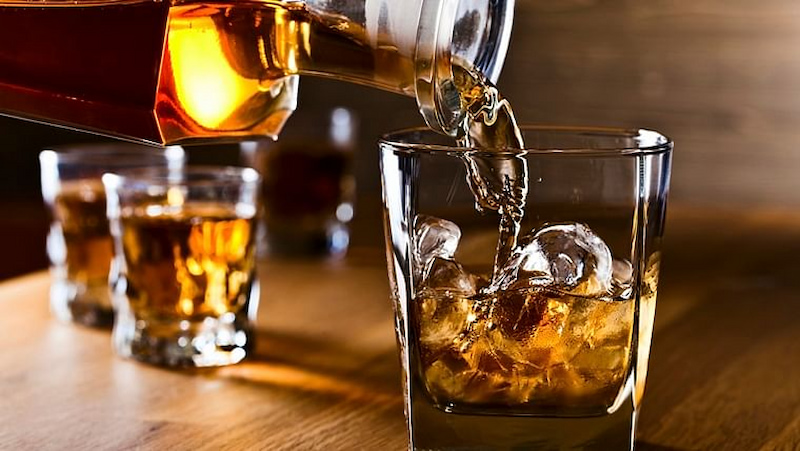
Made from fermented grains, whiskey is a distilled spirit base usually aged in wooden casks. There are two basic types of whiskey: grain and malt. Grain whiskey can be made from basically any type of grain while the second is made strictly from malted barley.
Whiskey has a rich flavour of malted grain and charred oak undertones, which pairs amazingly with dark fruits and berries.
Vodka
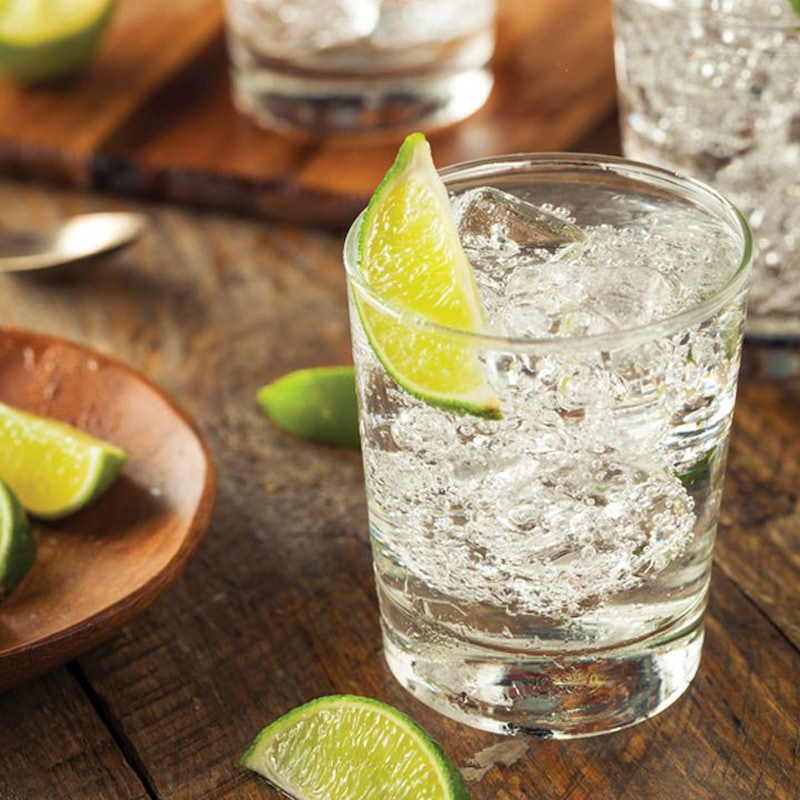
Distilled from nearly everything, from grains to potatoes and even beets and corn, vodka is the most neutral and versatile spirit base available on the market. Vodka can be paired with virtually any flavour or essence, due to the fact it naturally has a bland taste. This spirit is originally meant to be drunk neat, without water on any other mixers to cut the taste, but it works well with fruity, citric flavours so it’s most popular in cocktails.
Rum
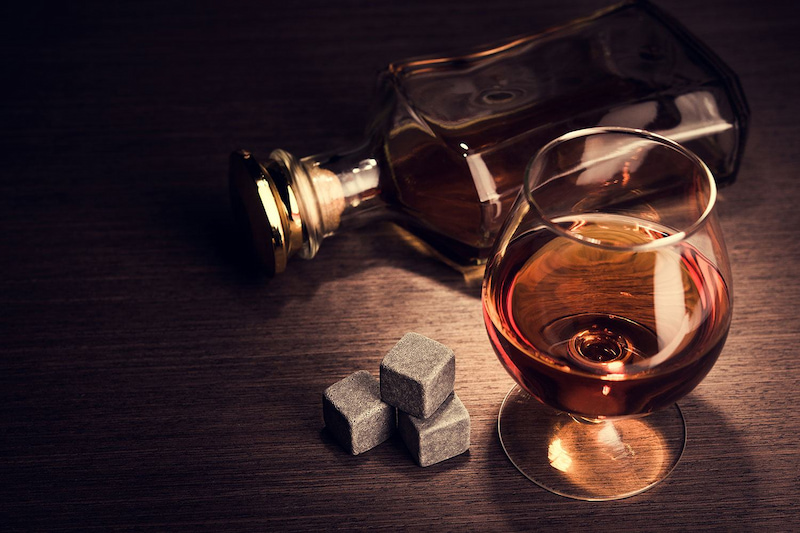
Rum is a spirit originating from the Caribbean and distilled from pure sugar cane plants. The types are distinguished as light and dark, though both are known for the sweet and toasty flavour. Although light rum doesn’t get aged, its darker variant spends some time in oak barrels thus acquiring a woodier aftertaste. Rum is a great addition to sweeter cocktails and is paired well with tropical fruits essences.
Gin
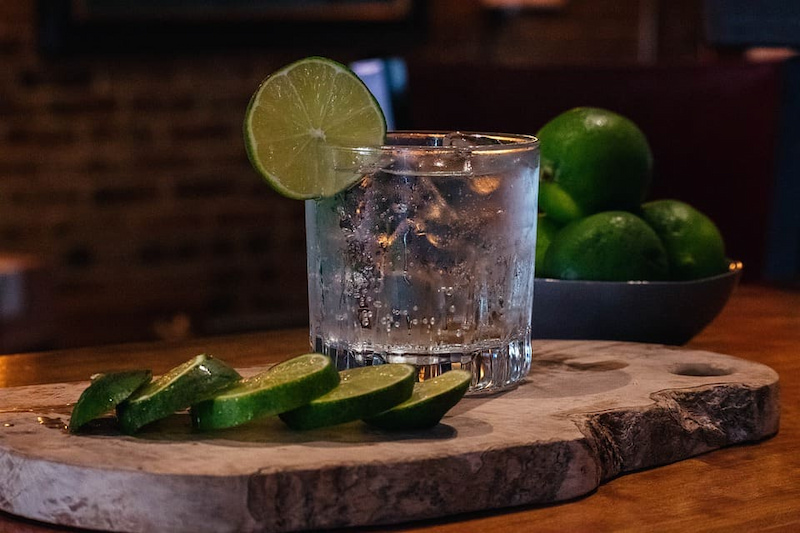
Most popular in the UK, gin is a neutral and distinctively dry spirit derived from Juniper berries and flavoured with an array of herbs such as coriander seed and angelica. Some variations of gin are also made from grains, but they aren’t categorized as spirits. Gin is a great spirit base for more non-sweet cocktails and thanks to its neutral flavour, pairs well with mixers and almost all kinds of flavourings.
Brandy
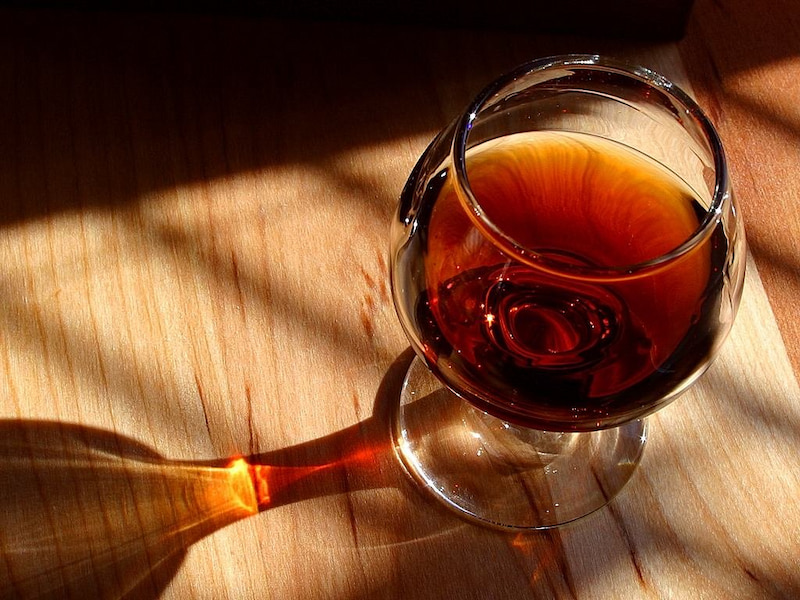
Brandy or “burnt wine” is exactly what the name implies. A spirit base derived from distilled and aged wine made from various types of fruits such as grapes, plums and even apples. Brandy has a predominantly sweet, fruity taste but the aging process in oak barrels gives it a wooden layer of undertones. This spirit is best used in cocktails with fewer ingredients to not overpower the already strong taste of the liquor.
Tequila
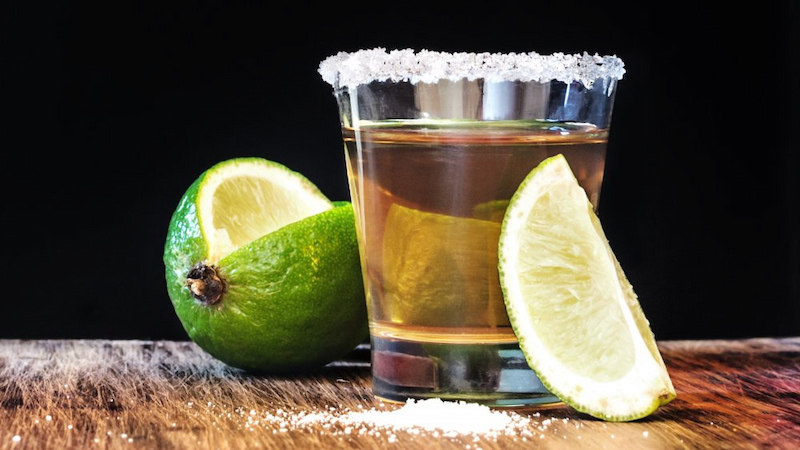
Tequila is a distilled spirit base made from succulent agave. This spirit is mostly known for consuming by shots, but traditionally is meant to be sipped slowly to enjoy the decadent earthy and citric tones. Tequila is great on its own but can be enhanced with fruity flavourings and mixed in tropical cocktails.
Guide to Flavouring Your Spirits
Almost all spirits are already infused with flavours but why limit yourself to one when you can make your personalised drinks by adding diverse spirits essences? Spirit flavours can be added during the brewing process in form of spices and herbs or infused after brewing by letting the spirit age in jars filled with various fruits.
But flavouring a spirit isn’t just throwing in a few ingredients and hoping for the best. The first step to a successfully flavoured brew is knowing which spirit can benefit from essences and how to pick the right one for your base.
If you’re a beginner brewer, your safest choice is starting with a neutral spirit like vodka or gin as they go with pretty much every flavour so you won’t have to worry if the base clashes with your choice of essence. But if you’re feeling bold and want to try infusing whiskey or rum, make sure it matches the warm and toasty taste palette of the base.

Now let’s move on to the infusing process. If you’re going for after-brew flavouring what you’ll need is the spirit, fresh fruits and spices and a tight-lid container to store the liquor safely. After prepping your ingredients, cut up your fruits and measure your proportions. For fruits, a good ratio would be 1:1 to alcohol and for herbs maybe try out 1:2 ratios of herbs to alcohol so you don’t end up with a potent drink that can’t be even ingested. Once you’re done with that just pour everything into the container, close it tightly and store it in a dry and dark place. The period of infusing usually varies depending on alcohol proof percentage, but it can take from a couple of weeks to a month.
If you go the route of flavouring the spirit during the brewing stage, be careful to follow instructions as it can be very tricky for beginners. You’ll have to mind the proportions of your flavours and pick just the right time to add, to prevent dilution of the alcohol. A safe option for this can be purchasing a brewing kit with pre-made flavour and detailed instructions on the process.
Tips for Distilling at Home
Whether you’re just joining on the trend of brewing or you’ve been in the game for years, reading up on tips and fresh information is always useful to advance your education on the craft. You can get all the right “washes” or equipment but if you don’t learn the basics of usage or even tricks from veteran brewers, getting a successful brew will be nothing but a wish upon a falling star.
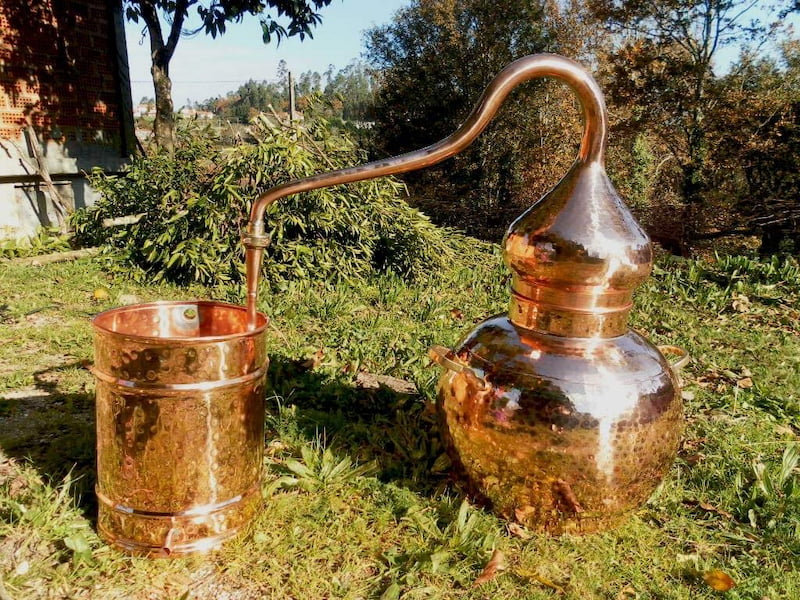
The best tip for distilling spirits at home is to create a safe and controlled environment. If it’s possible, brew your alcohol outside or in a well-ventilated area to avoid direct inhalation of alcohol vapours. Plus, invest in heat-resistant gloves as the pot you’re using to brew can get extremely hot and burn injuries are not fun to take care of.
A crucial step to effectively brewing spirits is controlling the temperature of the stove or still. Each spirit is made at a certain temperature so to avoid the guessing game of “is it right or not” get a thermometer and frequently measure it so you don’t waste all of your efforts and ruin the batch.
Another great pointer for beginners is to start with smaller batches of homebrews until you get the hang of the process, and then you can transition to larger quantities and even try out various types of spirits and flavourings. For your first try, you can even skip out on additionally flavouring your spirit, or just stick to smaller portions of spices and herbs so you don’t throw yourself off the track and ruin the whole process.

